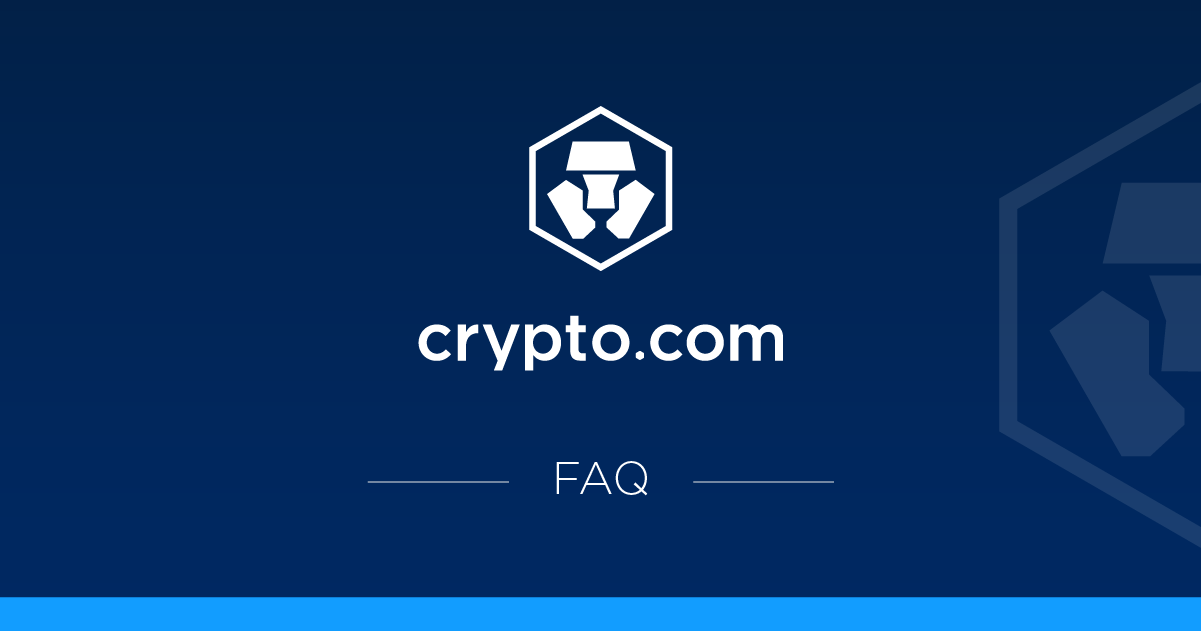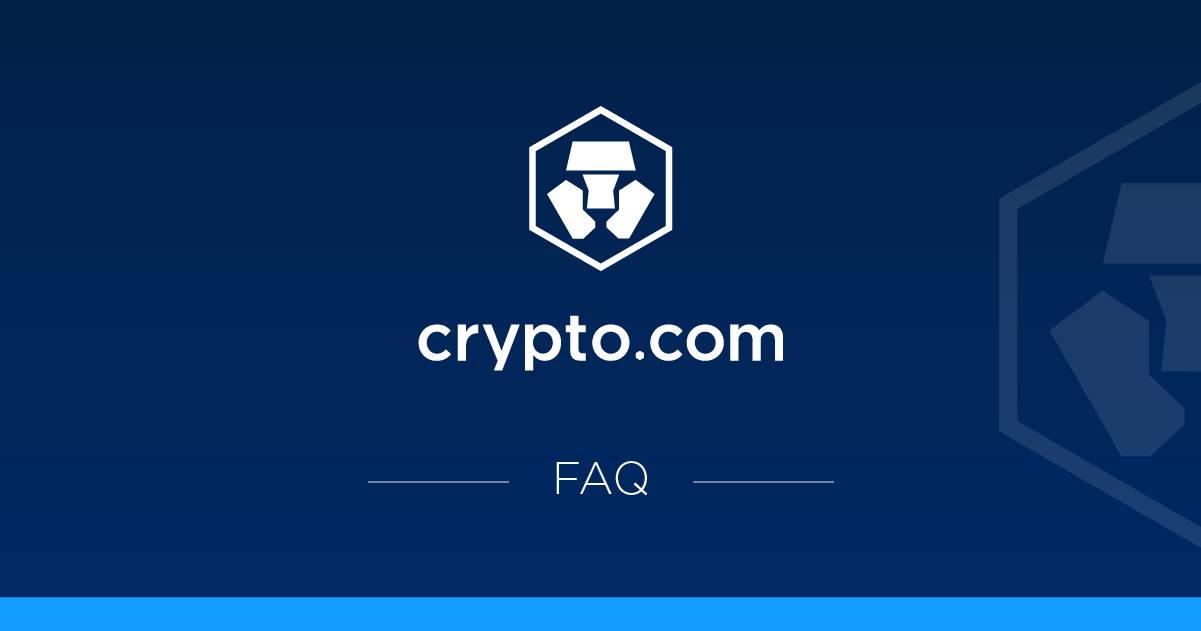Companies like AIG and Bank of America saw billions of bailout money, but have these corporations finally learned their lesson?
The Royal Bank of Scotland, Commerzbank and AIG has taken hits because of the financial crisis. It was also mostly their fault, as it was plenty of other companies, and tens of billions have been spent on their rescue. Have they turned the corner and learned their lesson?
The financial crisis gave birth to a whole host of corporate scandals. From greed and “too big to fail” – that is the saying that these companies are too big to go bankrupt – was mentioned, and they had tens of billions given to them to jumpstart their economies. As for the bankruptcy of investment bank Lehman Brothers and the bursting housing bubble in the United States, a number of banks, insurers and financial services were on the brink of ruin, they saw the nationalization of large companies that were already declared dead. The question remains: is the use of taxpayer billions really worth it keeping these companies afloat?
At least occasionally, the nationalized financial firms have shown some success. Once the largest insurance group in the world, the American International Group (AIG), the Group had gambled heavily on the U.S. housing market. Because the U.S. government went through bankruptcy-feared uncontrollable shock waves in the financial industry, AIG was rescued by the “hook or crook” clause. In several installments, the U.S. gave a total $182 billion to the company, which was considered to be the most dangerous company in the world. It was the most expensive bailout ever in the wake of the financial crisis. In return, the U.S. government received a majority stake in AIG shares. So did 92% of the protective state of AIG.
But the picture has now changed significantly; AIG earned billions. Piece by piece, the group was released from its caged state. Up to $25 billion in taxpayer’s money will be saved, provided it is paid back. According to recent data, the U.S. Treasury now wants to sell their AIG shares, which is worth $5.75 billion. The country's participation in AIG will be further reduced from 61 to about 53%. AIG, itself, wants to buy shares back worth three billion. It is the fourth equity placement by the majority shareholder since 2008.
Nationalization, something of which hardly anyone would have thought possible, is the answer to the rapid return to profitability. But the insurance company is on the right track, even though it will take a long time to fully hit re-privatization. In the second quarter, AIG profits had increased, thanks to, among tax breaks, again to $2.33 billion. Thanks to higher insurance premiums and lower catastrophe loads, the business of property and casualty insurance, has risen steeply. Even the life insurance sector went up.
However, AIG shareholders still see no land in sight. Rates of more than $1,400 per share, as they stood before the financial crisis, will probably never reach the paper it’s printed on. In the recent past, AIG’s price never reached more than the current $32. The share offer naturally contaminates the course, an investment that is, at best, interesting for a long-term optimist.









